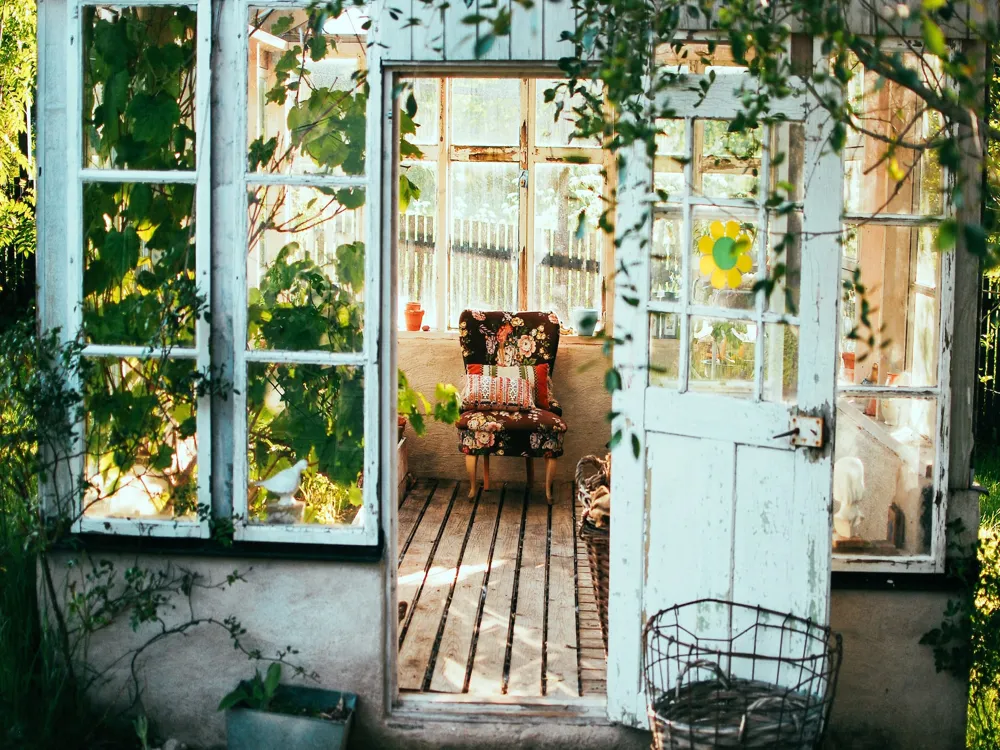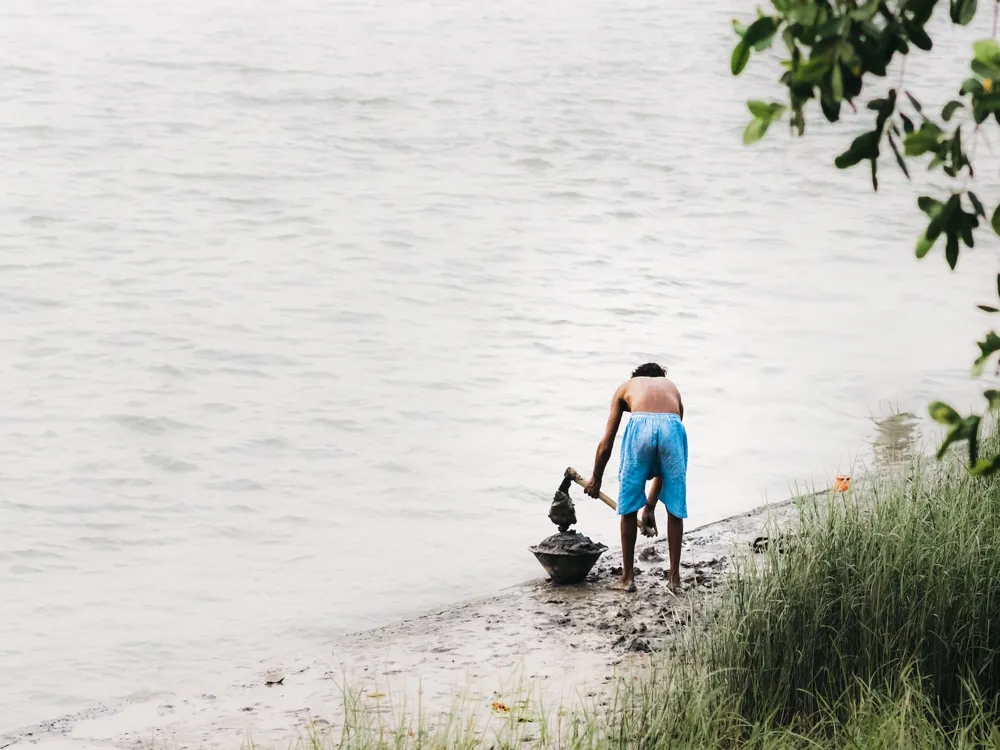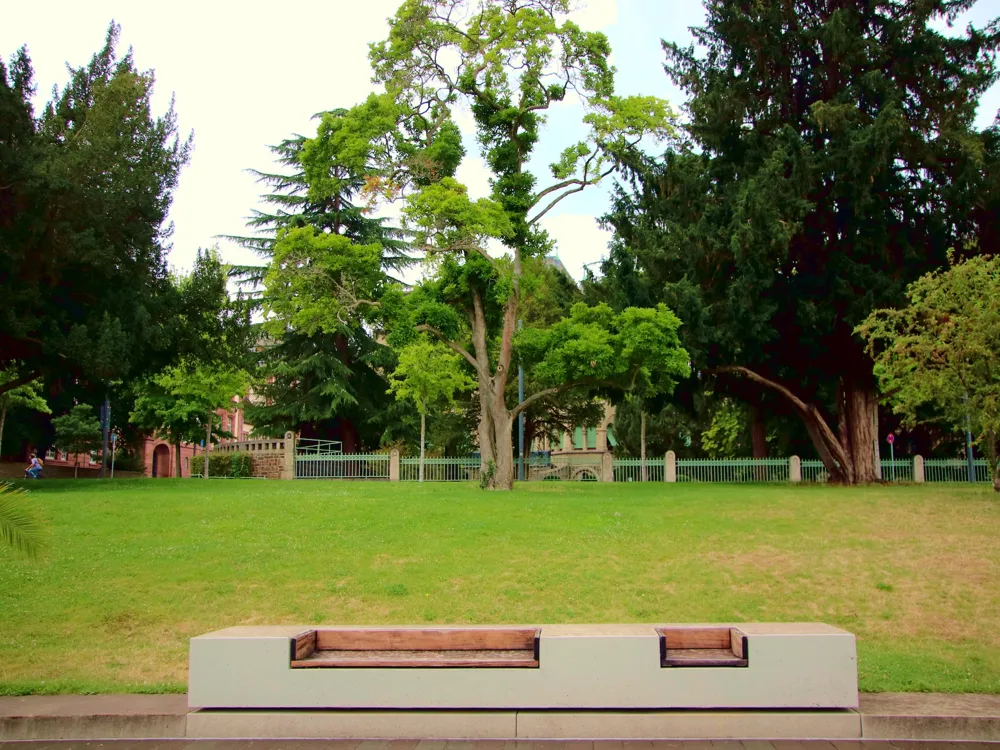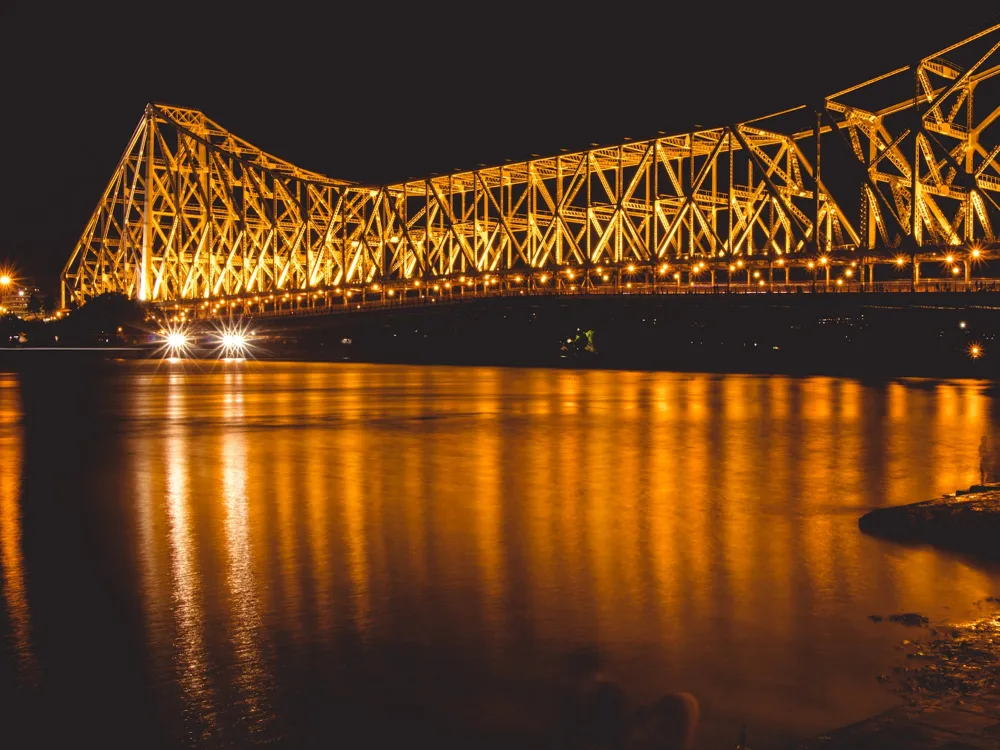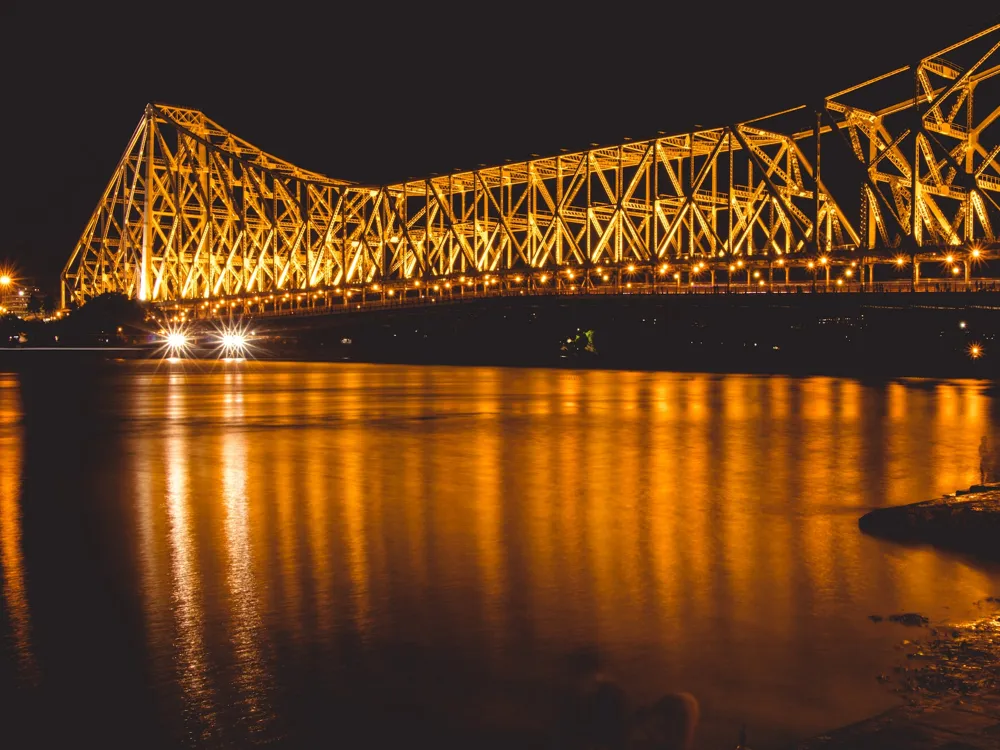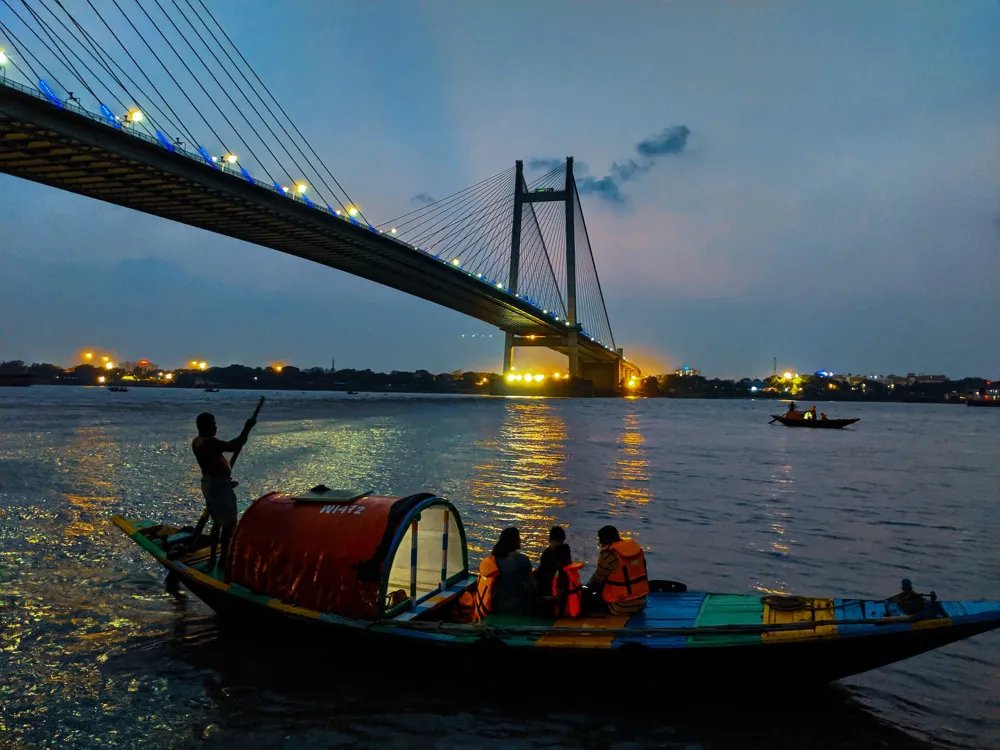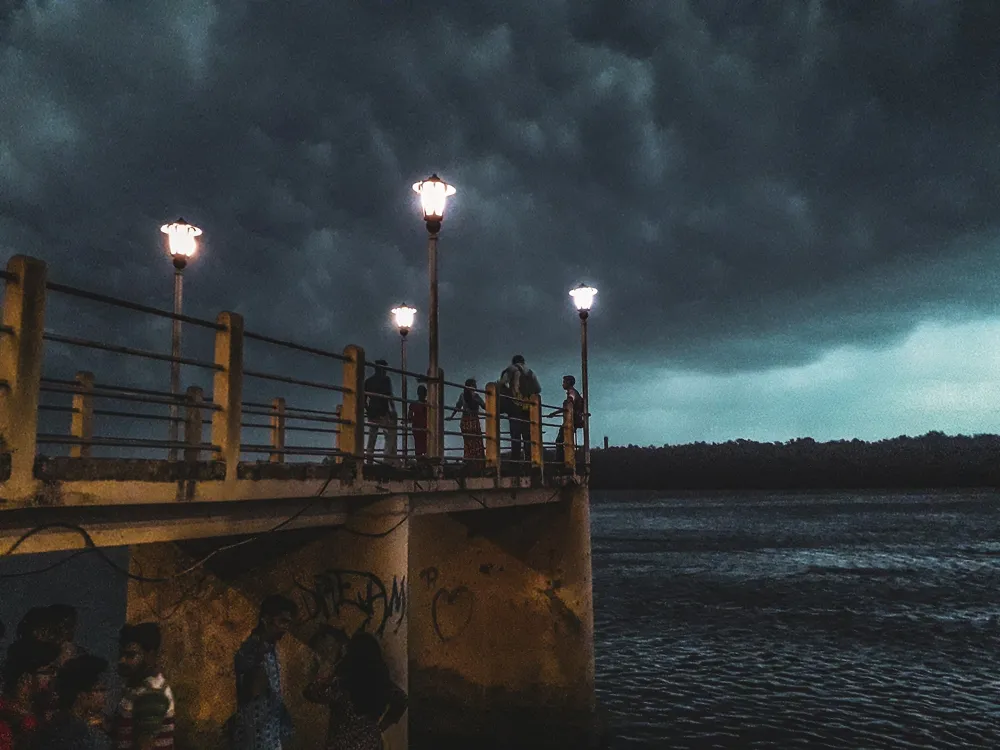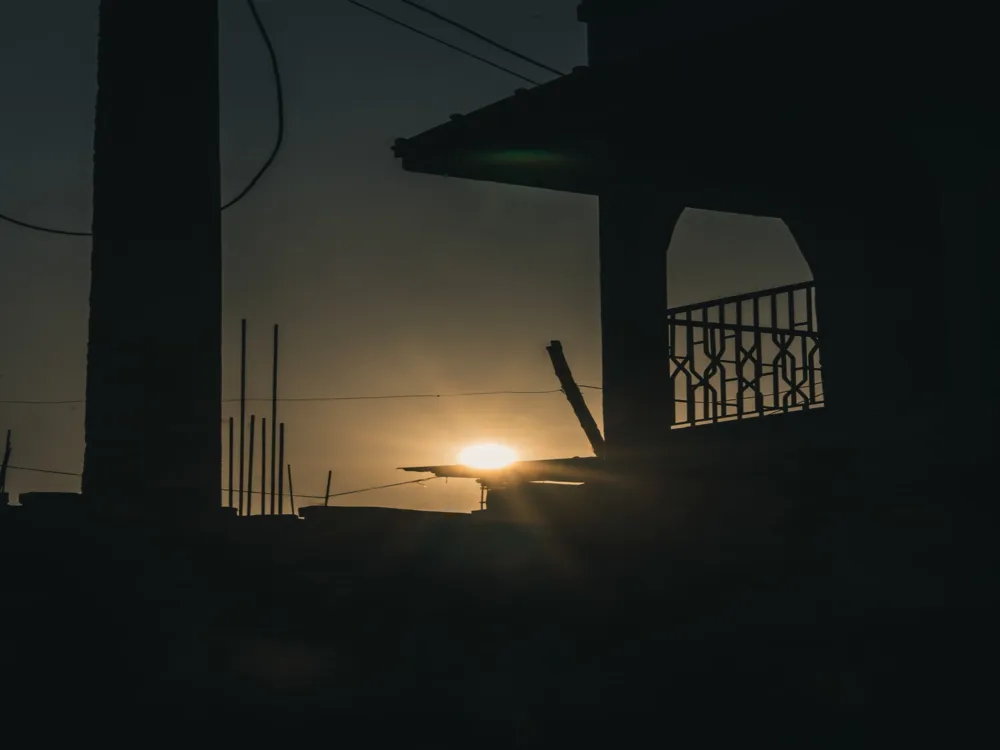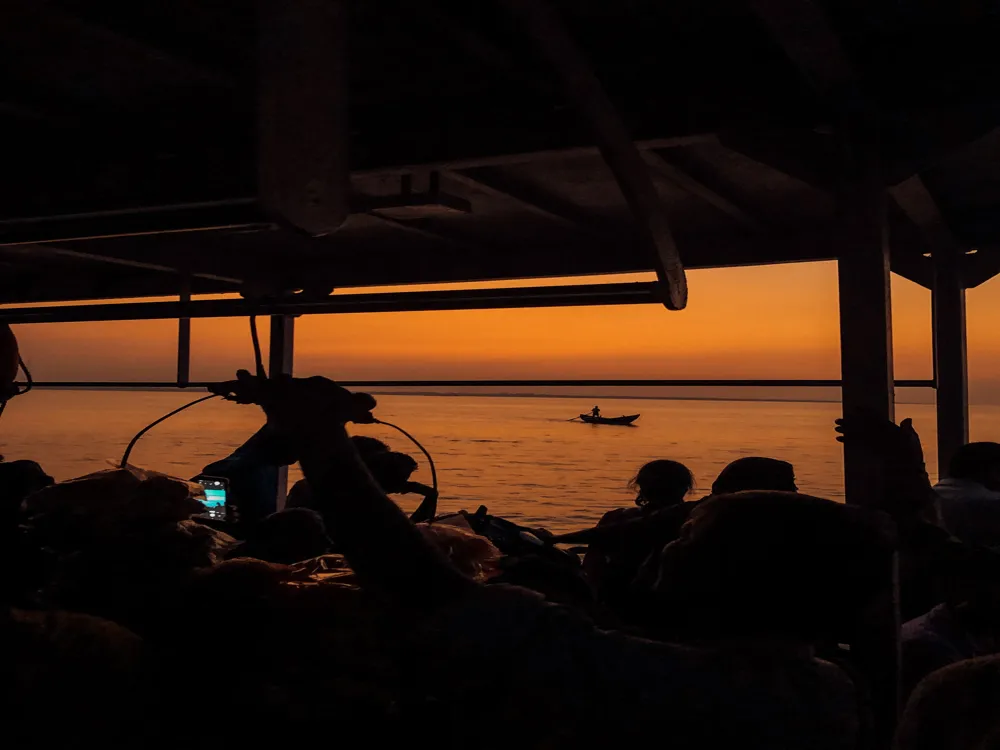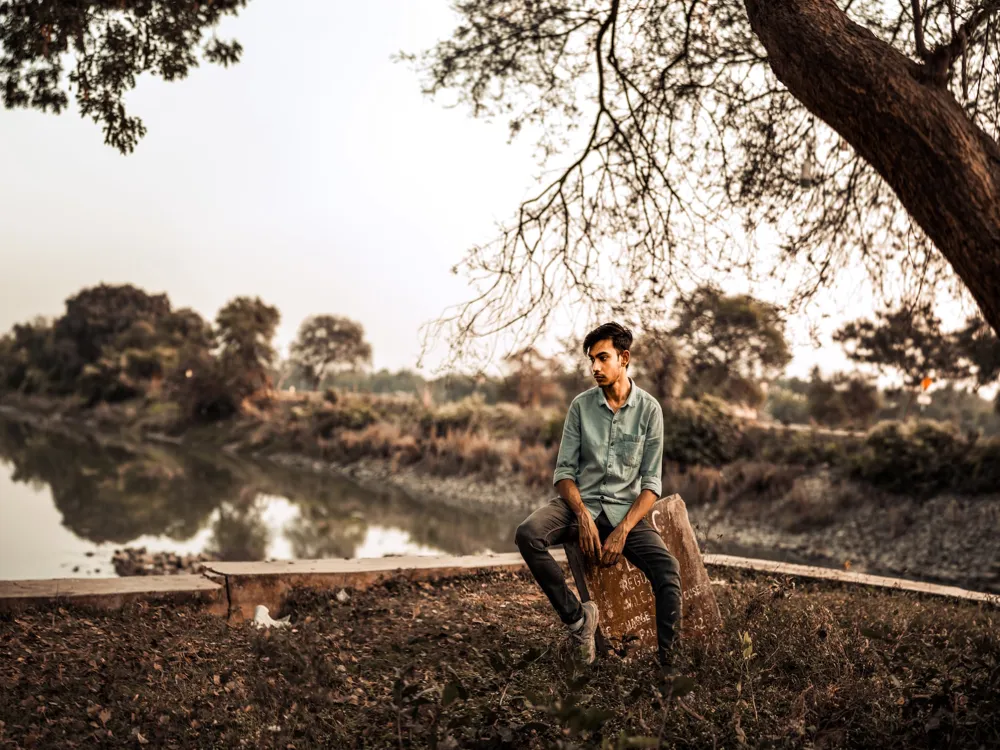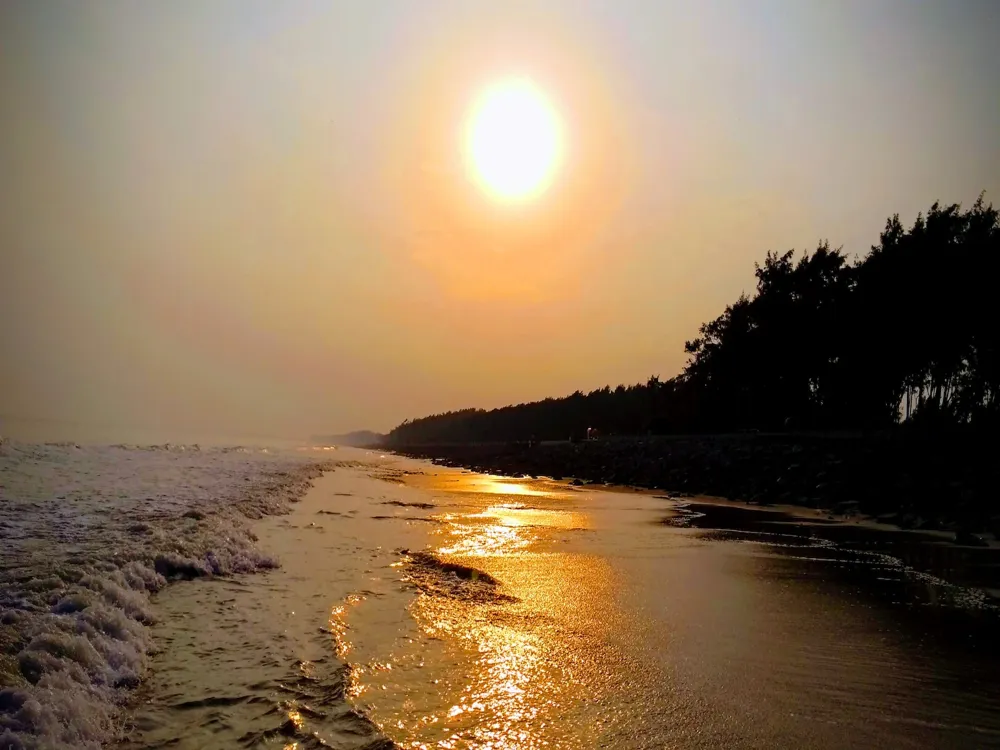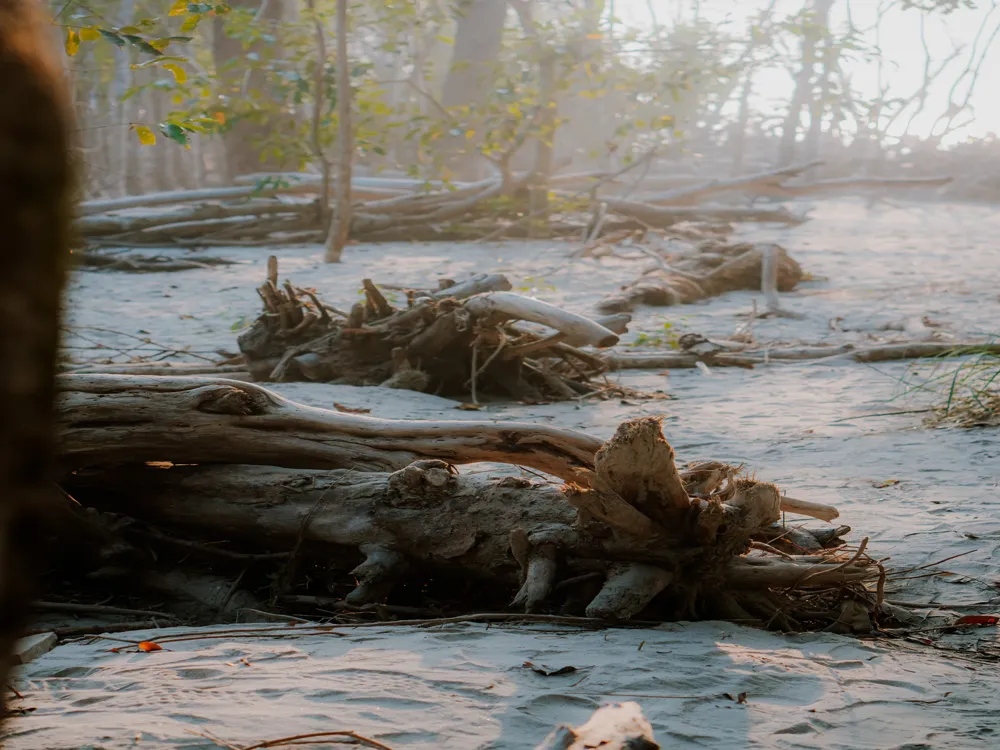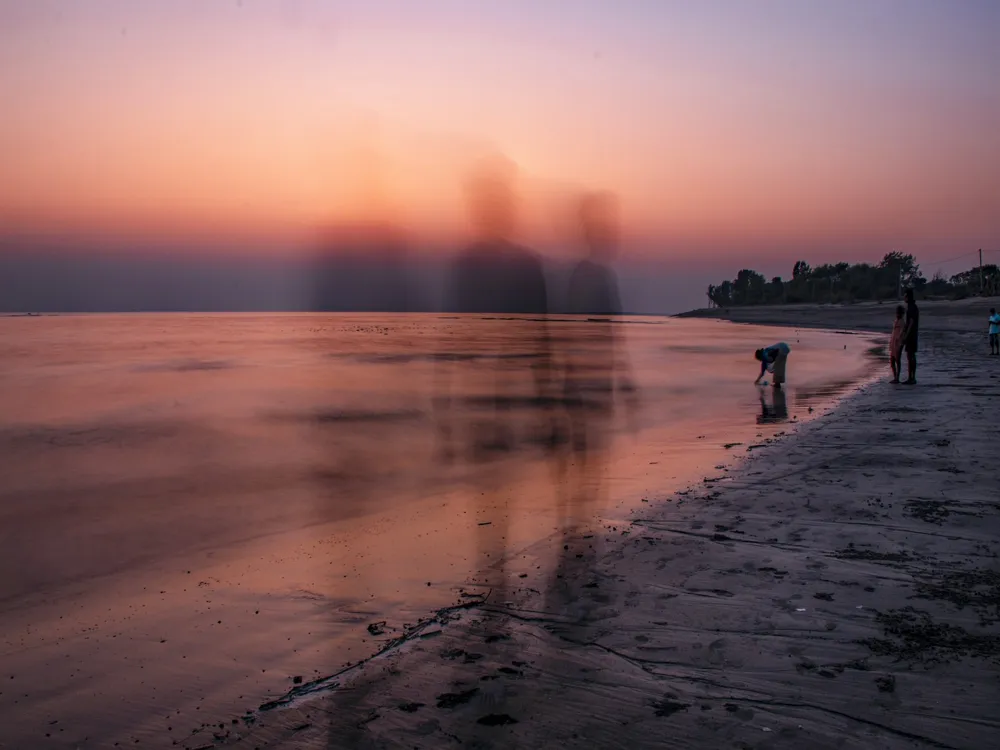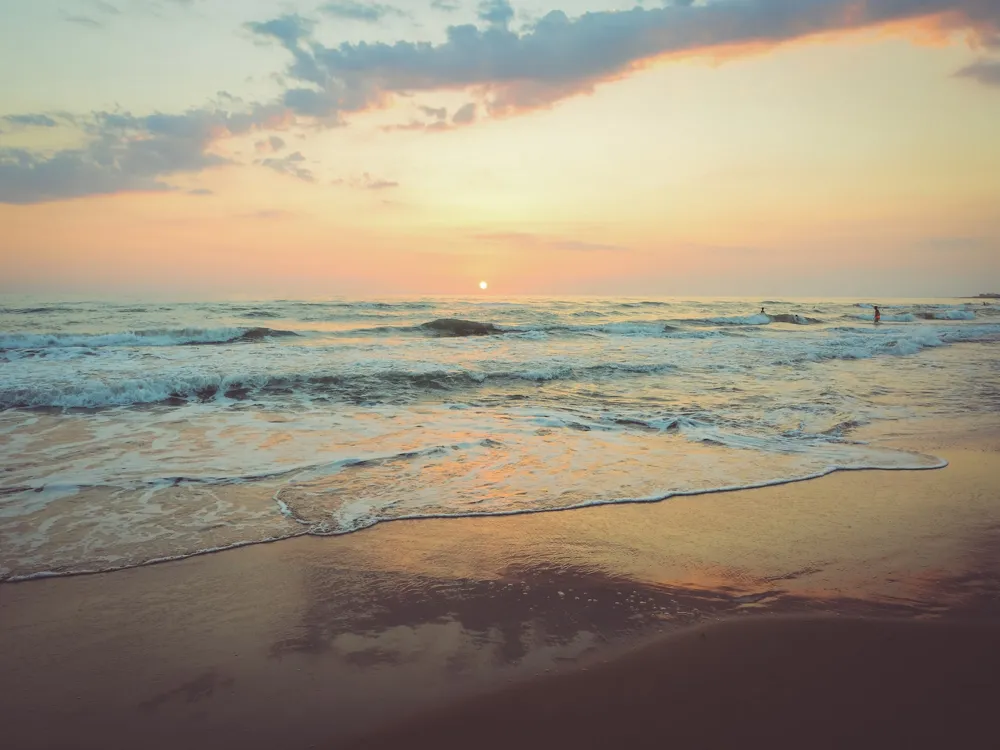Nivedita Setu, also known as the Second Vivekananda Setu, is a modern cable-stayed bridge over the Hooghly River in West Bengal, India. It connects Howrah with Kolkata and is named after Sister Nivedita, a disciple of Swami Vivekananda. The bridge serves as a crucial link for transport and commerce, reducing travel time between the two cities significantly. The architectural marvel of Nivedita Setu is characterized by its unique cable-stayed design. The bridge spans approximately 880 meters and is supported by distinctive V-shaped pylons. Its construction incorporates advanced engineering techniques, making it a notable example of modern bridge architecture in India. Early morning or late evening to avoid heavy traffic and enjoy the scenic beauty of the Hooghly River. Adhere to traffic rules, avoid stopping on the bridge for photographs, and be cautious of the heavy vehicles. Explore nearby attractions such as the Dakshineswar Kali Temple and Belur Math, located close to the bridge. Nivedita Setu is easily accessible from both Kolkata and Howrah. Visitors can reach the bridge via road using buses, taxis, or private vehicles. The nearest railway stations are Dakshineswar and Bally, both located within a short distance from the bridge. READ MORE:Overview of Nivedita Setu
Architecture of Nivedita Setu
Tips When Visiting Nivedita Setu
Best Time to Visit
Safety Measures
Nearby Attractions
How To Reach Nivedita Setu
Nivedita Setu
Howrah
West Bengal
NaN onwards
View howrah Packages
Weather :
Tags : Bridge
Timings : Open 24 hours a day
Entry Fee : No entry fee; Toll Fee Applicable
Planning a Trip? Ask Your Question
Howrah Travel Packages
View All Packages For Howrah
Top Hotel Collections for Howrah

Private Pool

Luxury Hotels

5-Star Hotels

Pet Friendly
Top Hotels Near Howrah
Other Top Ranking Places In Howrah
View All Places To Visit In howrah
View howrah Packages
Weather :
Tags : Bridge
Timings : Open 24 hours a day
Entry Fee : No entry fee; Toll Fee Applicable
Planning a Trip? Ask Your Question
Howrah Travel Packages
View All Packages For Howrah
Top Hotel Collections for Howrah

Private Pool

Luxury Hotels

5-Star Hotels

Pet Friendly







